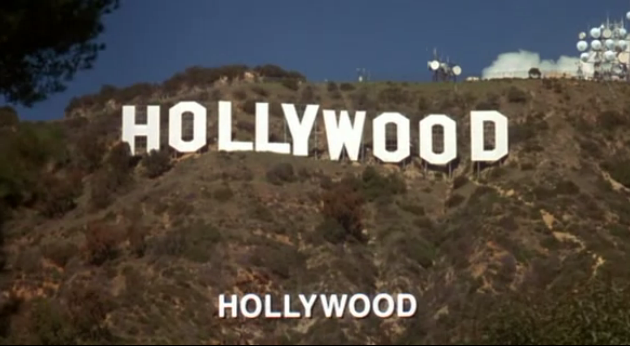Text messaging, ubiquitous in daily life, has become common place in cinema. Characters repeatedly receive messages on their cellphones and filmmakers repeatedly cut to an insert showing us what the message said even when it’s unnecessary. If the audience knows the character, let’s say a thief, is waiting for the all clear from the look out when he receives a text message and proceeds with the plan, it’s safe to assume what the contents of the text were.
It is not necessary to include information in duplicate. The classic example being an establishing shot of the Eiffel Tower with the subtitle “Paris, France.” Though the subtitle may be necessary if the establishing shot is of an unrecognized landmark. Then again, if the character says, “We’re off to Paris.” and in the next scene we find him conversing in French at an specified location, it’s safe to assume they’re in Paris. Unless he’s in a different Paris. Paris, Texas for example.
Now it may be necessary to show the message if the actions of the character contradict it; if for example, our thief’s text reads “Abort” and he goes ahead with the heist. Having the audience read the message helps advance the plot while underscoring the tension between thief and lookout, which may prove to be their undoing.
The problem remains: cutting to the text on a tiny screen interrupts the action on screen and risks slowing down the pace, regardless of how it’s staged or quickly one cuts back and forth. So, what’s the solution?
Subtitles. More specifically, burn-ins as they appear in BBC’s Sherlock.
Anyone whose read a Sherlock Holmes story or watched an adaptation thereof will tell you there’s a deluge of information to keep track of. The bread and butter of any good Holmes mystery is layers and layers of common clues that reveal a greater mystery (ie. mud on one’s shoes will tell Holmes everything they did that day. More so if the mud’s being scrapped off). But how to include this information, especially Sherlocks preference for text messaging as a means of communication?
In addition to more conventional means (cutaways, inserts, voice-over, flashforwards, etc.) the filmmakers decided on superimposing text on screen. In most cases by animating it to underscore the action: in the above case, the text recedes into the background as Holmes pockets the phone. The text fading almost as quickly as Holmes ignores it. He is attempting to slip out of a secret military base at the time and can’t be bothered explaining himself to his dotting older brother.
As the above action plays out in a single shot, instead of three, it maintains its momentum, momentum that would have otherwise been lost. And because there exists an over abundance of inserts and cutaways to screens of all shapes and sizes as is, it’s an economical way of showing the text and sparing the audience an unnecessary cutaway, given the relative unimportance of the text to the on-screen drama.
In earlier episodes the filmmakers played it safe by including burn-ins in conjunction with inserts of text message but this no longer occurs. Though this does afford us an opportunity to compare the two approaches: if you watch an early scene from episode one with the hybrid approach and later scenes where text messages appear only as burn-ins, it’s noticeable how intrusive a cutaway can be in the middle of a scene.
It’s an innovative approach I hope catches on.
Think how much smoother things would be if they didn’t repeatedly cut away to the phones (and hired someone to write jokes).


